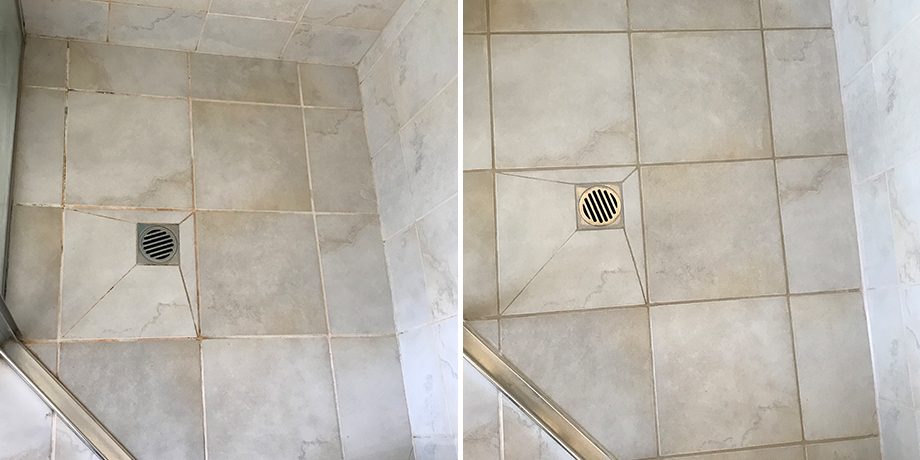What're your concepts on How to Prevent Bathroom Water Damage?

The bathroom is incredibly prone for wet buildup and also possible water damages as a result of the frequent use water in it. This article offers simple evaluation techniques to help discovering water damage risks.
The regular use water in the shower room makes it exceptionally prone for damp build-up as well as prospective water damages. By checking it consistently, you can minimize water relevant problems.
The complying with set of assessments is easy to carry out and should be done as soon as in every 3 months in order to maintain your washroom healthy and also to avoid prospective water damages triggered by the bathtub, the shower, pipe joints and plumbing, sinks, cabinets, as well as the bathroom
Do not overlook carrying out these inspections and be detailed while executing them. Bear in mind that these easy examinations can conserve you a great deal of money by offering early signs for water damage
Bathtub and also Shower
The shower as well as tub require unique focus as well as maintenance. Check the floor tiles as well as replace if fractured. Make certain that there is no missing grout in between the ceramic tiles. Examine and also replace cracked caulking at joints where the wall surfaces satisfy the floor or the bath tub. Blocked drains and also pipes problems will certainly stop the bathtub from drying out as well as may show severe problems under the tub. Consult with a specialist promptly to prevent architectural damage. Take notice of discolorations or soft locations around the tub walls as they might indicate an inner leak.
Plumbing
Signs for water damages are difficult to detect considering that most pipelines are installed inside the wall surfaces.
Pay special focus to flooring and also walls dampness as well as stains as they might show an undetectable plumbing problem. Inspect dampness levels in adjacent rooms too.
Sinks and Cabinets
Sinks as well as cabinets are subjected to moisture as well as moisture everyday and also are frequently forgotten. Inspect on a regular basis under the sink and on the counter top over it. Repair any type of drip in the catch as it may recommend drain issues. Check out the sink, slow draining pipelines might indicate an obstructed drainpipe. Replace sink seals if they are split or loosened.
The Toilet
The bathroom is an at risk water junction. Inspect the water lines and also search for leakages around the commode seat, in the hose, as well as under the water container. If you detect any indications of wetness on the flooring around the toilet, check for leakages in the toilet edge and storage tank seals.
Know that hanging commode bowl deodorants boosts the opportunities for clogs.
Water Damage Signs In The Bathroom To Avoid Cleanup
Musty smell
This is one of the easiest signs to catch because musty smells are so odorous. The damp, earthy, moldy smell should be a big red flag. The smell will develop when moisture gets trapped in surfaces, and begins to facilitate mold growth. Leaking pipes under cabinets, inside walls, and behind shower fixtures will cause moisture to stay trapped and not dry, which will lead to mold growth and spread. As soon as you notice any musty smells in your bathroom, have it checked for hidden water damage and cleanup signs.
Visible mold
If the smell isn’t there to give it away, sometimes you will actually see mold growth. Finding mold in your bathroom is a serious problem, because mold is very harmful to your health. By the time mold growth is visible, it also means that water damage has already occurred and been present for some time. The only way the mold problem can be resolved is to find the source of the moisture and get it stopped. To safely and adequately remove mold, you need to have professionals handle the remediation. Do not waste any time in getting mold problems addressed, fixed, and sanitized so that you can protect you and your family from the many respiratory symptoms caused by mold exposure.
Damaged floors
Bathroom floors should be able to withstand some exposure to water while still remaining in good condition. However, when excess exposure or water leaks occur, they will begin to damage even the most water-resistant flooring. If you notice any cracking, bubbling, staining, or warping on your bathroom floors, there is probably a water leak somewhere causing the distortion. If you notice areas of the floor have become softer, or even have a spongy feeling, there is probably damage to the subfloor. Subflooring is typically made up of plywood. When plywood is exposed to water or moisture, it will absorb it. Once it has become saturated, the weight of the excess water will cause the wood to swell and soften. Check the floors in your bathroom frequently to catch any of these sings before they lead to damaged subflooring.
Changes on walls
When water leaks behind walls, it will cause changes in the drywall. Peeling plaster, blistering paint, and soggy wallpaper are all good indicators that excess water is building up behind the wall. Water leaking behind drywall will cause it to swell and be soft to the tough. If you start to notice gaps along the trim of your walls, or where tile meets the wall, it could also be a strong indicator that there is a leak behind the wall. Any changes, distortion, or damage on the walls should be evaluated as soon as you notice it to prevent further water damage and cleanup.

I was shown that write-up about How to Repair and Prevent Bathroom Water Damage through a friend on a different website. Kindly take the opportunity to share this post if you appreciated it. I praise you for your time. Come back soon.
Book 24/7
Comments on “Exactly How to Prevent Bathroom Water Damage”